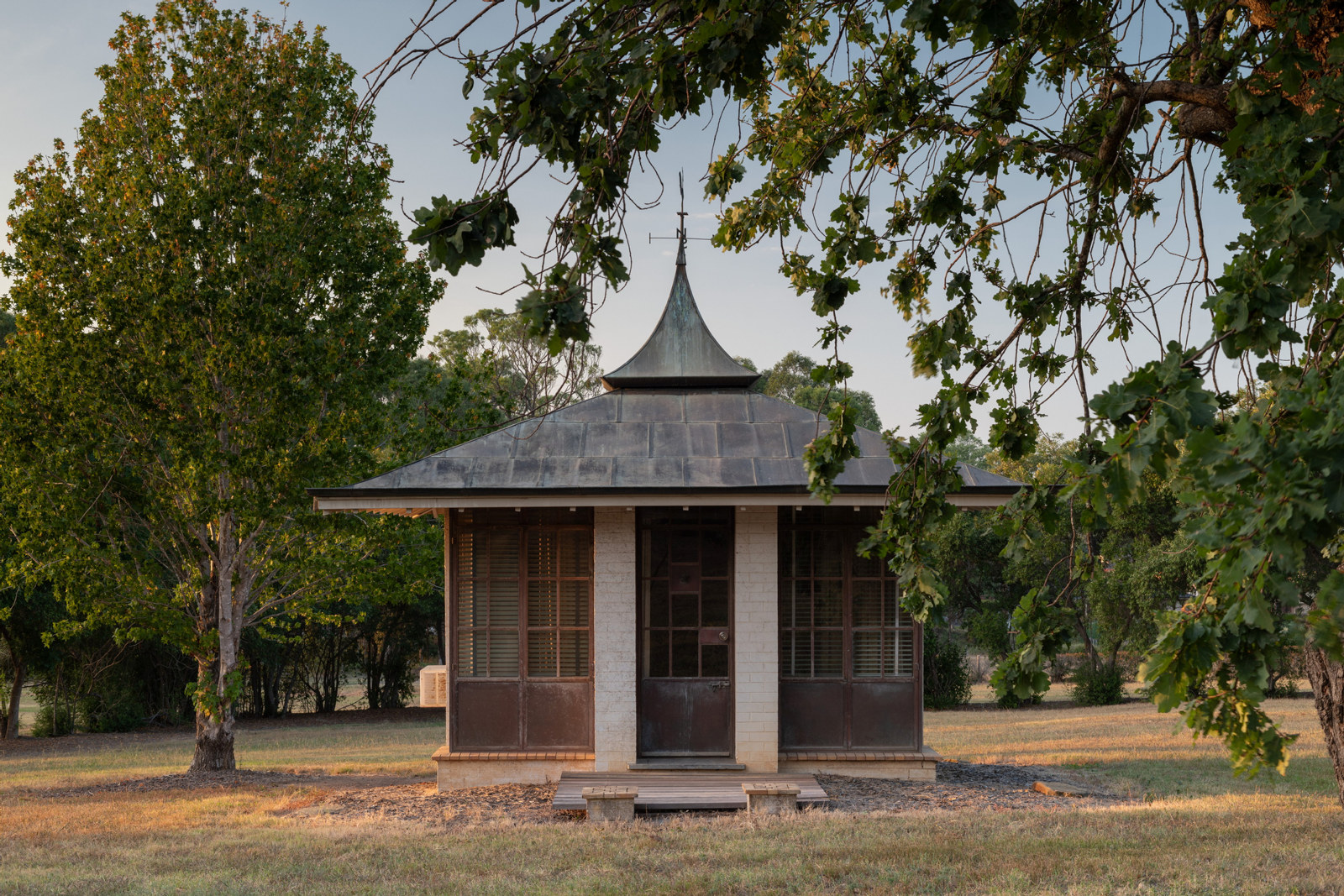Serpentine Parade house
Vaucluse NSW
In 1959, Polish-born retailers, Mr & Mrs Moses and Musia Greengarten, commissioned fellow Pole, architect Henry Kurzer, to refurbish their recently purchased home at Serpentine Parade Vaucluse.
Kurzer designed a new lounge and dining space, which was fully furnished with custom-made furniture and cabinetry produced by Paul Kafka. Viennese-born craftsman and furniture manufacturer, Paul Kafka, had a well-established business, P E Kafka Exclusive Furniture Pty Ltd, with a clientele ranging from private home owners and architects and interior decorators to corporations. Many of his clients were, like Kafka, Jewish refugees from war-torn Europe.
Apart from their common European heritage what attracted many to Kafka’s work was its stylishness and fine craftsmanship, qualities that were part of a strong tradition in European cabinet-making. The furniture, probably designed by Kurzer and then manufactured at Kafka’s workshop, features asymmetrical designs and demonstrates the blending of European Art Deco style and the inter-war modernist aesthetic. The use of light coloured woods, patterned veneers, mirror backing, glass and chrome was also typical, shown in the Serpentine Parade dining suite crafted in Queensland Yellow Sycamore and burr walnut wood veneers. The Kurzer-Kafka interiors remained intact until 1991 when the house was refurbished. The furniture was later auctioned and The Historic Houses Trust acquired one of the 12 trapezoidal-back dining chairs, upholstered in 1950s green metallic threaded fabric known as ‘Lurex’.
Photographer: Louise Lister
Date Photographed: 1991 Original image format: transparency film: 6x6cms
Copyright: Caroline Simpson Library & Research Collection, Photograph © Louise Lister
Further Reading: Our Home: Emoh Ruo, Reflections on the Way We Live, Historic Houses Trust of NSW, 1995.
Anne Watson “Kafka and Kalmar” in The Furniture History Society Australasia Journal, no.2 2004, pp.10-13.
Documenting NSW homes

Documenting NSW Homes
Recorded for the future: documenting NSW homes
The Caroline Simpson Library has photographically recorded homes since 1989
Published on